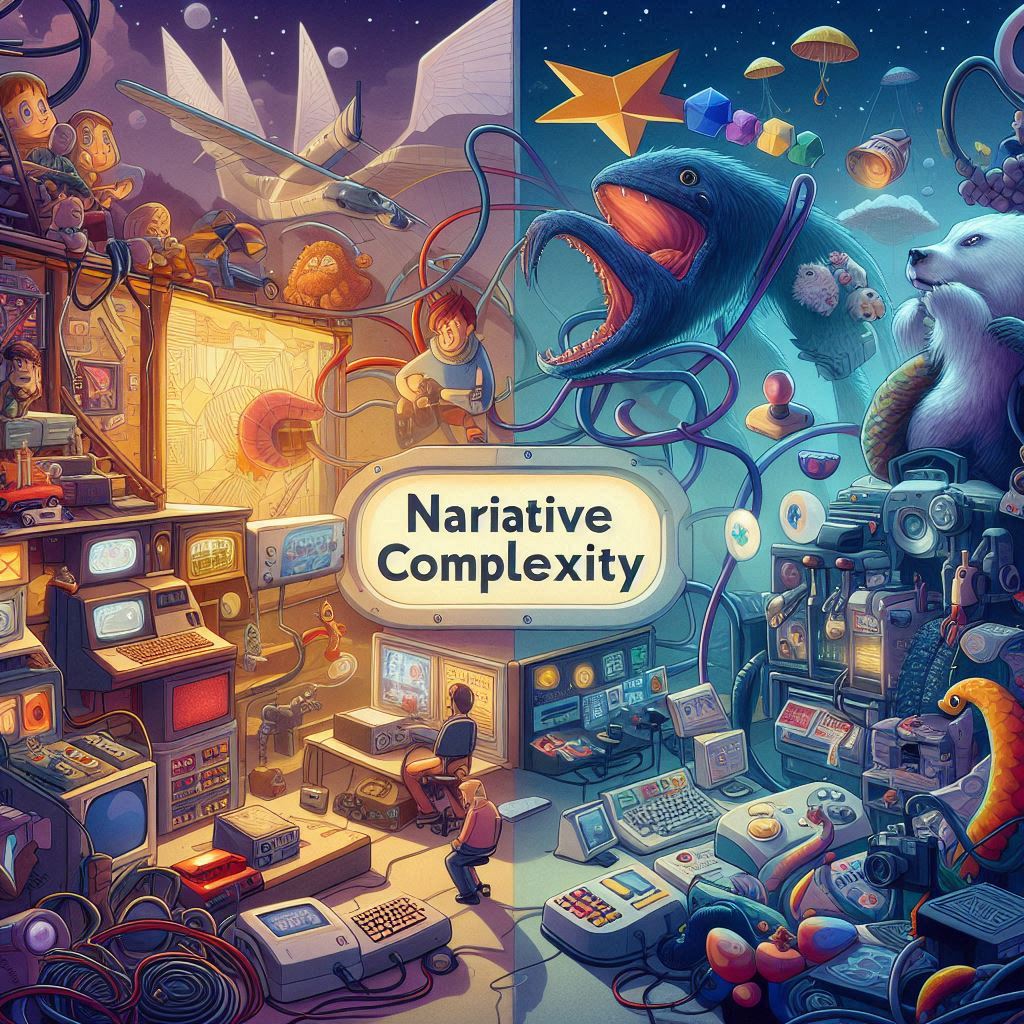Introduction
Storytelling in video games has evolved significantly over the past 20 years. From straightforward narratives to complex, branching storylines, the ways in which games convey stories have transformed. This post examines how narrative techniques in games have changed and what this means for the player experience.
Early Narrative Techniques
In the early 2000s, narrative techniques in games were relatively straightforward. Titles like “Halo” and “Final Fantasy X” presented linear stories with limited player interaction. The focus was on delivering a compelling narrative through cutscenes and scripted events.
The Emergence of Branching Narratives
The mid-2000s saw the introduction of branching narratives, with games like “Mass Effect” and “The Elder Scrolls IV: Oblivion” allowing players to make choices that affected the story. This approach added depth and replayability, as players could explore different outcomes based on their decisions.
Modern Narrative Complexity
Today, games like “The Witcher 3: Wild Hunt” and “Detroit: Become Human” offer intricate narratives with multiple branching paths and character interactions. The use of dynamic storytelling, where player choices impact the narrative and world, has become a hallmark of modern game design.
Impact on Player Experience
Enhanced narrative complexity allows for more personalized and immersive experiences. Players can shape their stories, leading to greater emotional investment and replayability. However, this complexity also requires more sophisticated design and writing, increasing development costs and time.
Conclusion
The evolution of narrative techniques in games reflects broader changes in storytelling and player engagement. As games continue to push the boundaries of narrative complexity, they offer increasingly rich and personalized experiences.
